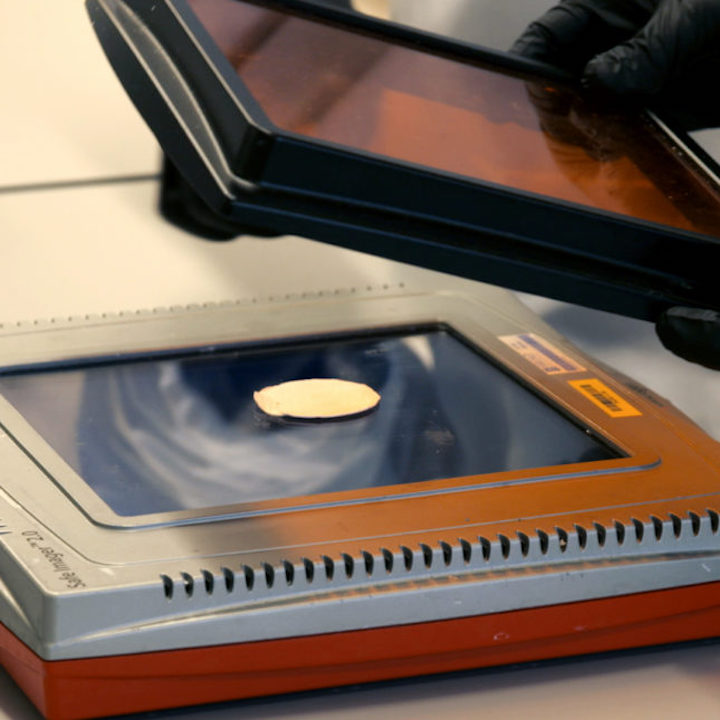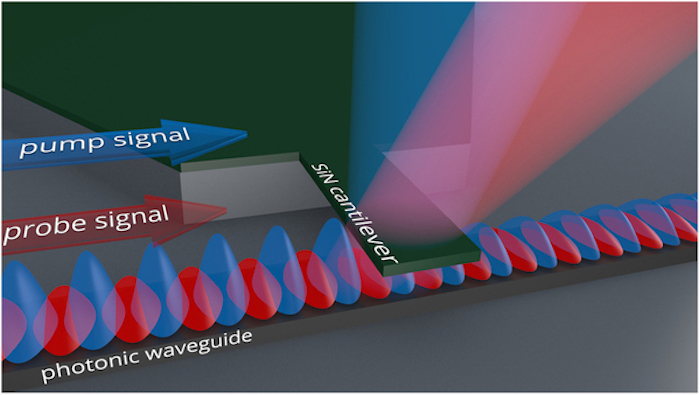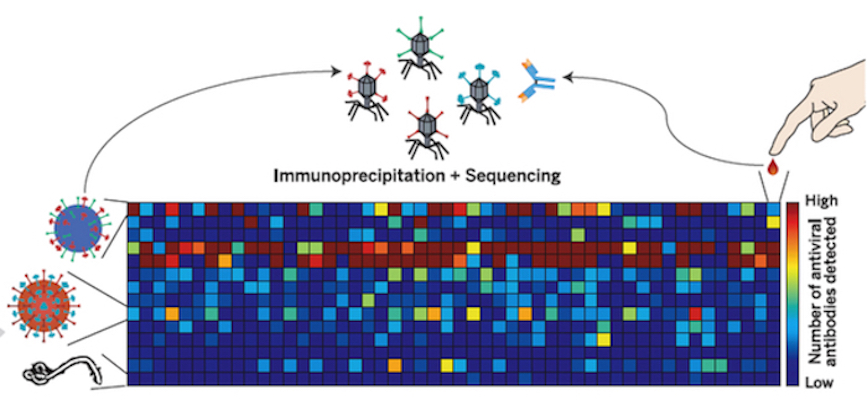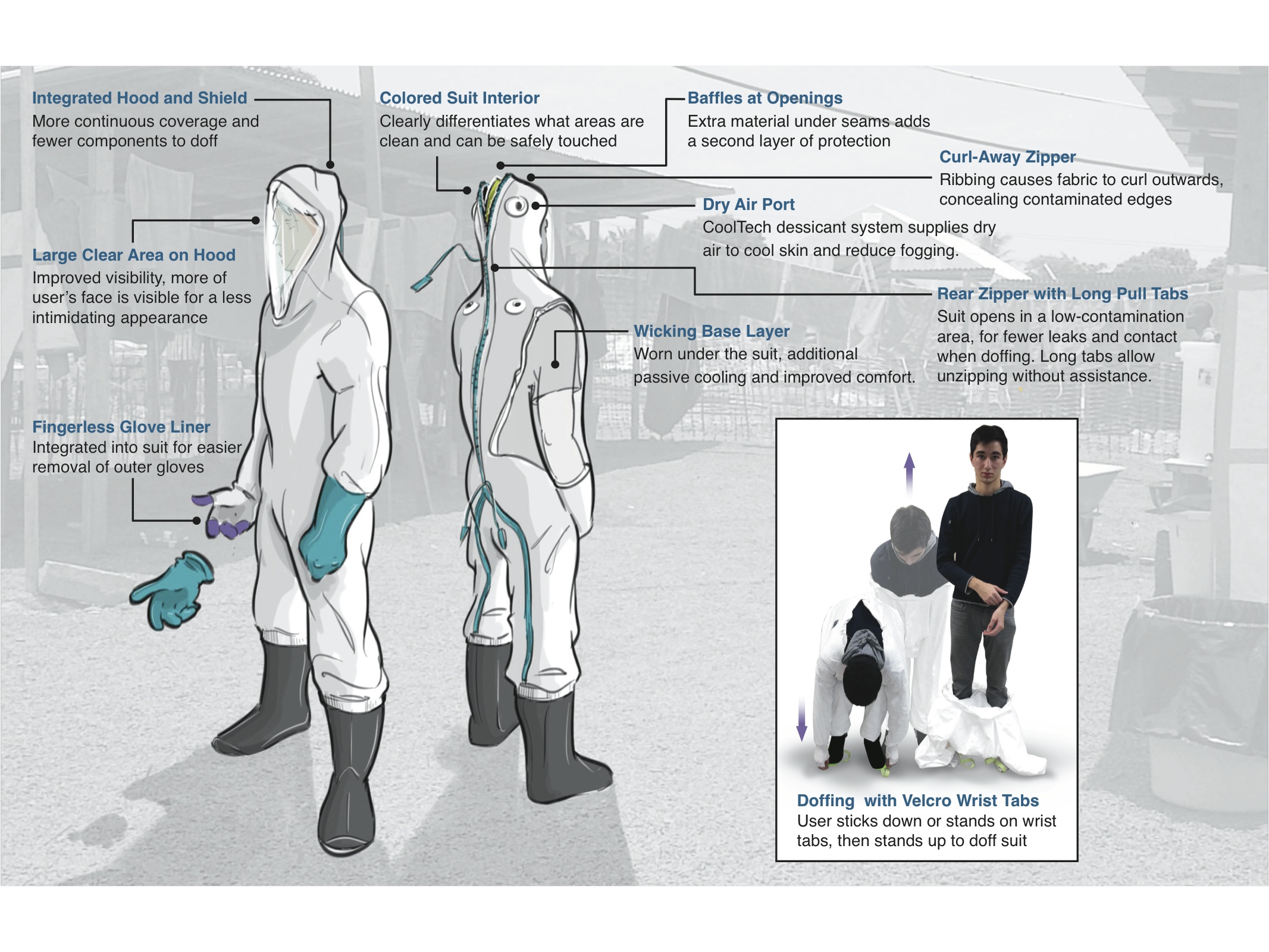Category: Disease
-

Study: AI accurately predicts childhood disease from health records
Xia Huimin and Guangzhou Women and Children’s Medical Center researchers used AI to read 1.36 million pediatric health records, and diagnosed disease as accurately as doctors, according to a recent study. Common childhood diseases were detected after processing symptoms, medical history and other clinical data from this massive sample. The goal is the diagnosis of complex…
-

Nano-robots remove bacteria, toxins from blood
UCSD’s Joe Wang and Liangfang Zhang have developed tiny ultrasound-powered robots that can swim through blood, removing harmful bacteria and toxins. Gold nanowires were coated with platelet and red blood cell membranes, allowing the nanorobots to perform the tasks of two different cells at once—platelets, which bind pathogens, and red blood cells, which absorb and neutralize toxins. The…
-

Single blood draw detects 1250 pathogens from cell-free DNA
Karius‘s next-generation sequencing detects fragments of 1250 microbes from a single blood draw. Identifying microbial cell-free DNA from bacteria, viruses, fungi and protozoa can facilitate the rapid diagnosis of infectious disease. Current diagnostics only detect a narrow range of pathogens, and may require invasive biopsies. This fast and comprehensive analysis could enable more effective, targeted…
-

CRISPR platform targets RNA and DNA to detect cancer, Zika
Broad and Wyss scientists have used an RNA-targeting CRISPR enzyme to detect the presence of as little as a single target molecule. SHERLOCK (Specific High Sensitivity Enzymatic Reporter UnLOCKing) could one day be used to respond to viral and bacterial outbreaks, monitor antibiotic resistance, and detect cancer. Demonstrated applications included: Detecting the presence of Zika virus in…
-

HIV, hepatitis, herpes, cancer detecting nanosensor
Dmitry Fedyanin and Yury Stebunov from the Moscow Institute of Physics and Technology have developed a highly sensitive biological object detecting nanosensor. The tiny sensor analyzes the chemical composition of substances and can detect viral disease markers in HIV, hepatitis, and herpes. It can also help doctors identify tumor markers. The optical sensor can track changes…
-

Single blood drop test for 1000 current or previous viruses
VirScan allows simultaneous testing for 1,000 virus strains that currently or have previously infected a person, using one drop of blood. The research, from Howard Hughes Medical Institute, Brigham and Women’s Hospital, and Harvard, describes the interplay between immunity and the human virome. In the study, blood samples from 600 people in Peru, the United States,…
-

Suit, patch allow doctors to safely treat Ebola patients
At SXSW this week, USAID unveiled a biomedical suit and a wearable sensor patch to protect doctors while treating Ebola patients. The John’s Hopkins developed suit takes two minutes to put on. It has anti-fogging capabilities and will contain a cooling system, allowing doctors to wear it for longer periods. Past protective suits took 30 minutes to put on, were…